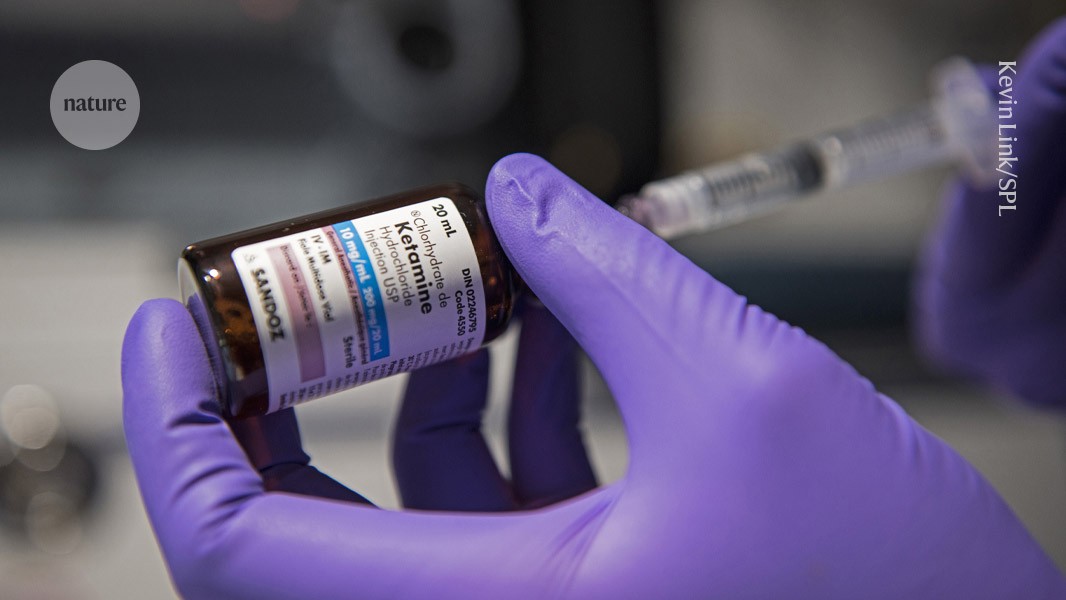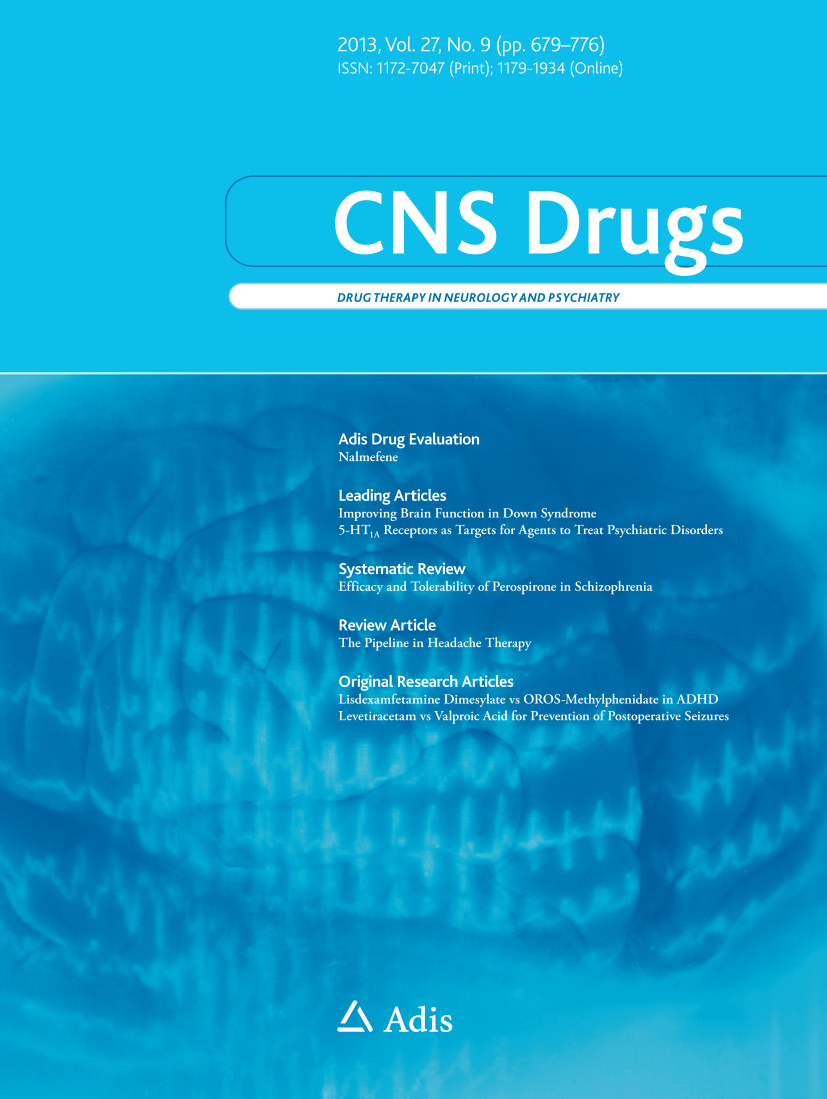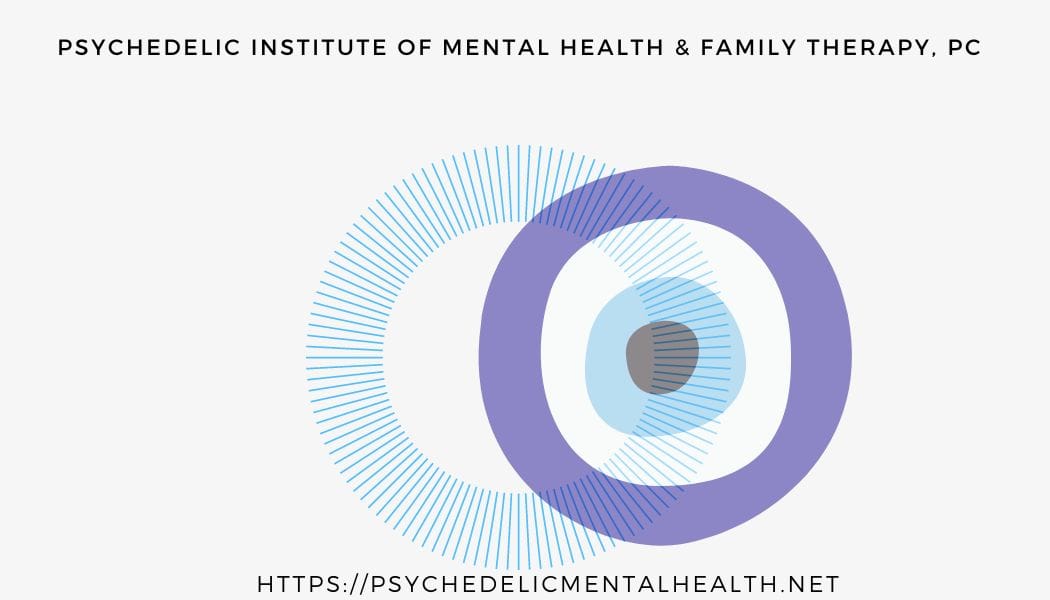
Ketamine for depression: slow-release pills could make treatment more accessible
A ketamine-containing tablet could be a convenient alternative to intravenous treatments, with fewer unpleasant side effects.

Oral esketamine in patients with treatment-resistant depression: a double-blind, randomized, placebo-controlled trial w/ open-label extension (Apeldoorn et al, 2024) adds to previous ketamine findings (Clinical Subscription Members)
Ongoing review of the literature related to safety and efficacy of ketamine by mouth.
Consider Swainson in 2020—
Sublingual Ketamine: An Option for Increasing Accessibility of Ketamine Treatments for Depression?
Article Abstract Because this piece does not have an abstract, we have provided for your benefit the first 3 sentences of the full text. To the Editor: A recent review on oral ketamine for depression described an antidepressant effect that was delayed in the range of 2-6 weeks, as compared to the rapid action of intravenous (IV) ketamine treatment. This differs from our clinical experience using sublingual (SL) ketamine to treat patients with severely treatment-resistant depression (TRD). In our experience, SL ketamine can both provide and sustain rapid antidepressant effects.
SL ketamine can both provide and sustain rapid antidepressant effects. We suspect this difference may be a dose effect, and we wish to note that to determine appropriate dosing for future prospective studies, bioavailability of each formulation of ketamine must be considered.
Sublingual ketamine is more bioavailable (30%) than oral ketamine (20%).2 A recent study3 described safety and efficacy of IV ketamine at doses of 0.5 mg/kg and 1.0 mg/kg and no benefit to lower doses. This translates to 1.5 or 3.0 mg/kg if dosed sublingually, and 2.5 or 5.0 mg/kg if dosed orally. With this in mind, only 2 (4,5) of 7 retrospective studies from the systematic review included patients with appropriately dosed ketamine. All others were below the equivalent expected SL and oral doses. Two prospective studies also underdosed ketamine at 25 mg bid (6) or or 0.5 mg/kg daily, (7) and 1 prospective study used a potentially adequate total daily dose of 50 mg tid, (8) but divided doses may have contributed to a reduced or slower ketamine response.
and Swainson here again in 2022—
Non-parenteral Ketamine for Depression: A Practical Discussion on Addiction Potential and Recommendations for Judicious Prescribing - CNS Drugs
Intravenous (IV) ketamine is increasingly used off-label at subanesthetic doses for its rapid antidepressant effect, and intranasal (IN) esketamine has been recently approved in several countries for treating depression. The clinical utility of these treatments is limited by a paucity of publicly funded IV ketamine and IN esketamine programs and cost barriers to private treatment programs, as well as the drug cost for IN esketamine itself, which makes generic ketamine alternatives an attractive option. Though evidence is limited, use of non-parenteral racemic ketamine formulations (oral, sublingual, and IN) may offer more realistic access in less rigidly supervised settings, both for acute and maintenance treatment in select cases. However, the psychiatric literature has repeatedly cautioned on the addictive potential of ketamine and raised caution for both less supervised and longer-term use of ketamine. To date, these concerns have not been discussed in view of available evidence, nor have they been discussed within a broader clinical context. This paper examines the available relevant literature and suggests that ketamine misuse risks appear not dissimilar to those of other well-established and commonly prescribed agents with abuse potential, such as stimulants or benzodiazepines. As such, ketamine prescribing should be considered in a similar risk/benefit context to balance patient access and need for treatment with concern for potential substance misuse. Our consortium of mood disorder specialists with significant ketamine prescribing experience considers prescribing of non-parenteral ketamine a reasonable clinical treatment option in select cases of treatment-resistant depression. This paper outlines where this may be appropriate and makes practical recommendations for clinicians in judicious prescribing of non-parenteral ketamine.

Given differences in kinetics, dosing, and bioavailability of PO (17%) [36], SL (29%) [37], and IN (50%) [38] ketamine formulations, it is unclear whether the safety and side effect profiles are entirely consistent across various formulations. A systematic review of PO and SL ketamine noted no significant side effects, and no problems with tolerance or substance misuse in any of the studies, which totaled 140 patients who received ketamine up to 3 years in duration…
Side effects of IN ketamine have been more variable. One study found a dose of 50 mg was well tolerated [42], while another study of a series of 100-mg doses given over a period of weeks [43] was aborted early due to intolerable side effects of sedation and lack of motor coordination. In contrast, a small case series reported good tolerability of IN ketamine up to 150 mg administered up to twice weekly [31]. IN esketamine has a better documented safety profile, with common side effects of sedation, dissociation, and blood pressure changes that are noted to be mild and transient [6]. Hence, although evidence for PO, SL, and IN ketamine remains limited, no studies have reported concerns of cardiorespiratory compromise or clinically significant elevations in blood pressure that would preclude home use. It would seem logical that if the blood pressure effects of a 100% bioavailable IV formulation are rarely clinically significant, any blood pressure elevation from a less bioavailable non-parenteral formulation may be of variable duration, but not of greater magnitude, so long as approximately equivalent doses are given. No studies addressed the level of concern that would be warranted in regard to addictive potential of these non-parenteral formulations of ketamine, or potential differences in addictive potential given differing absorption and time to onset of dissociative effects. Given the lack of evidence and theoretical concern, it would be advisable to exercise similar caution with home use of ketamine as is given to the home use of stimulants or other sedatives. Indeed, the sedative GHB, a drug with significant side effects, overdose risk, cross tolerance with alcohol, abuse potential, and diversion potential [44], is indicated in a number of countries for narcolepsy with cataplexy and self-administered without medical supervision at home, under a controlled delivery program [44]."
Ketamine by mouth - Preliminary review of the literature, including esketamine.
"A systematic review of PO and SL ketamine noted no significant side effects, and no problems with tolerance or substance misuse in any of the studies, which totaled 140 patients who received ketamine up to 3 years in duration…” (Swainson, 2022)



